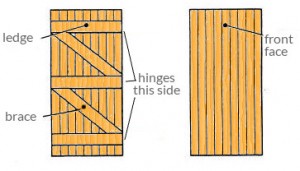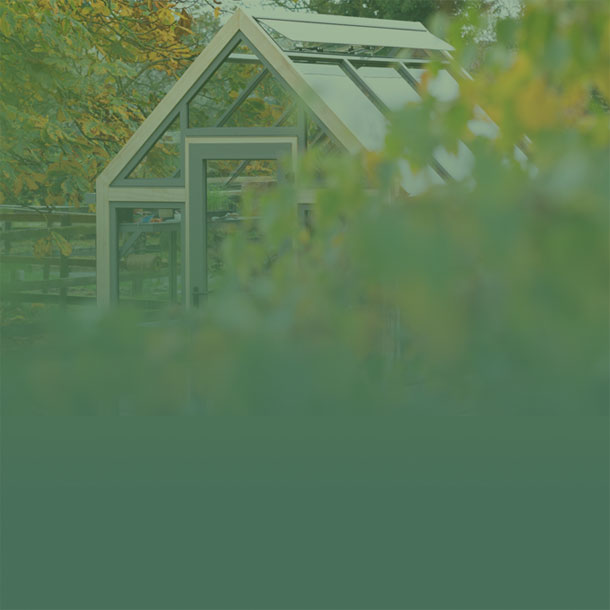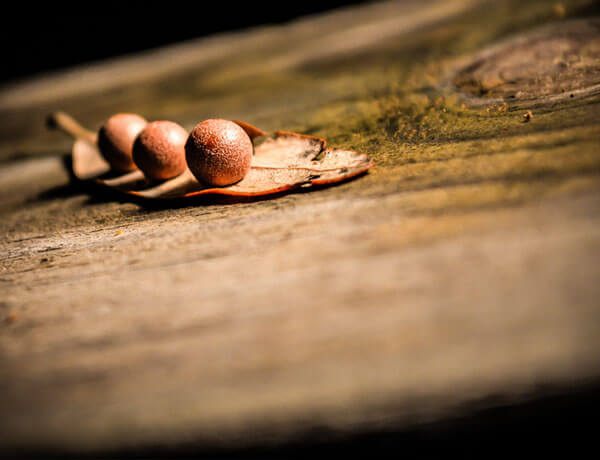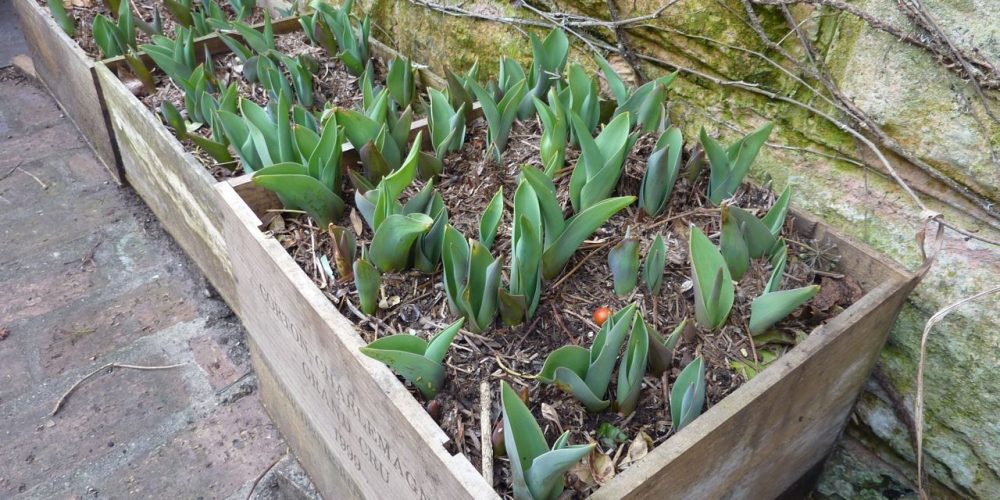-

What makes a good shed
To really understand what makes a good shed you have to look at the major components involved in it’s construction. We’re going to break each of these down and provide guidance on what to look for when deciding the best shed for your garden. The main areas we’re going to cover are :
- The Framework
- The Cladding
- The Door
- The Roof
- The Door Furniture
Finally we’re going to finish with a little advice and questions that you can be asking the manufacturer.
The Framework
One of the telltale signs of a good shed is a strong, well fabricated framework.The majority of sheds are designed to be cheap and quick to assemble so it’s often a good sign of a quality shed if the manufacturer has not skimped on the framework. The strength of the framework will vary according to the size of the shed you are purchasing but we’re going to be looking at the most popular sizes – six by eight and eight by ten. Sheds this size generally have framework made from two by two inch wood but if you can find one with anything larger, say three by two inch then all the better. Three by two inch scant is deemed of a suitable grade for internal partitioning and is worth seeking out. This is kiln dried so it will be more resistant to warping than cheaper thinner profiles.
The framework on most sheds is commonly butted up and nailed. Joints that are screwed and glued are better if you can find a manufacturer that does this.
Cladding
Here we’ve covered the common types of cladding for sheds in depth but since we’re striving for the best quality our money can buy we’re going to dig a little deeper. The best two types of cladding for sheds are tongue and groove or shiplap. Both of these guard against gaps appearing during hot weather and provide a good degree of weather resistance. You want to aim for a minimum thickness of 12mm, but 15mm or even 18mm will add significantly to the strength and weather resistance of the structure. Look for a cladding that has been chemically or pressure treated for increased longevity, if not you should be prepared to apply a treatment yourself.
The Door
A strong shed wants a strong door. This should be ledged and braced as drawn. Note that the braces go down toward the hinges. It will usually be made from the same cladding as the rest of the shed with the exception that the boards run vertically in order that they can be sufficiently fixed to the ledge and bracing.

The Furniture
Hinges : there’s a common theme here – bigger is usually better. For longevity choose a galvanised finish. These should be through the ledging with a coach bolt and the nut should be on the inside. That way they can’t be easily undone by a wanton thief.
A good shed is a secure shed
Lock : If exposed to the elements as is often the case choose a galvanised finish for increased longevity. Like the hinges the lock should be bolted in position with the nut on the inside.The Roof
As with the framework ideally the roof spars will be made from three by two timber. The ridge board may differ and something in the order of four by one and a half inches would be common. There are a number of different finishes available for the roof ranging from cedar shingles at the top end of the scale to the more popular and afforded felt roof. If opting for a felt roof this shouldby mounted onto shuttering ply (18mm). If you’re making the shed yourself you might go to the extent of coating the roof with a torching felt which is heavier duty than you would ordinarily find. There’s no harm in asking a manufacturer if this option is available too – it demonstrates that you’ve done you’re research if nothing else.
Questions for the shed manufacturer
- How often will the shed need treating ?
- What size is the framework ? Remember you’re looking for something in the order of 3 x 2 inch.
- Does it come with a guarantee ?
- What thickness of boards are used in the cladding ? (15mm or 18mm preferable)
- If looking to buy a shed online then look at the images – can you see if the door is ledged and braced ? If not ask them.
- Is the door furniture galvanised ?
Final words
So you’ve done your research. There’s still a few more things to tick off the checklist as follows:
- Have you decided where to position your shed ?
- Will this impact on your neighbours ? If so it might be worth having a chat first.
- What do you need to prepare in terms of the base ?
- How will the shed be secured to the base ?
- Will you require planning permission ? Probably not if it’s under 30 square metres but it might be worth checking before you hand over your money.
A decent shed with the proper care and attention will provide years of valuable service, choose wisely.










